Got a Gecko With a Bad Stuck Shed? [3 Problems and 9 Solutions]
Did you know that a good handful of veterinarians have reported acquired blindness in pet geckos due to neglecting their pet’s shedding problems? Does your gecko need help with a stuck shed? Relax—your gecko doesn’t have to go through this, especially if you are greatly familiar with the science of skin shedding.
In general, shedding issues or dysecdysis have become increasingly common in pet geckos. The 3 most common problems are 1) premature, 2) retained, and 3) excessive shedding. These can lead to a variety of other issues such as blindness, necrosis, and infections. However, these can be prevented with proper diet and husbandry.
Geckos shed skin in all parts of their bodies. But stuck shed can be really dangerous on the toe pads, eyes, nostrils, ears, and tail tips. Read until the end to learn how to prevent and remove it!
Gecko Shedding Problems: The What and Why of Dysecdysis
Broadly speaking, dysecdysis refers to any problem a gecko may encounter when sloughing off the dead layer of its skin.
Normally, newly acquired geckos will experience some issues with shedding since they are still getting used to their new homes. So don’t beat yourself up if your gecko does have some issues during its first shed with you.
What’s important is that you properly help them get rid of the stuck shed and ensure that it doesn’t happen again.
But what exactly causes shedding problems in geckos?
The 8 most common causes of problems in gecko shedding are :
- Low humidity and temperature
- Poor nutrition (toxicities or deficiencies)
- Handling the shedding gecko excessively
- Lack of textured items within the tank
- Bacterial or fungal infections
- Mites or internal parasites
- Thyroid conditions/hormonal imbalance
- External wounds or trauma
In short, shedding—be it normal or abnormal—is closely linked to a gecko’s overall health and well-being [1, 2, 3].
Additionally, you should keep in mind that geckos of the same species can also have slight differences when it comes to shedding.
One friend of mine for example has two leopard geckos in his care, one has never had shedding problems while the other leo sometimes experiences troublesome sheds. These leos are both adults, have the same diet, and have almost identical tanks but they have different shedding experiences.
The only difference is that his other leo has Enigma syndrome.
Common Problems Your Gecko May Experience During Shedding
The term dysecdysis covers all shedding abnormalities observed in geckos and other reptiles, including but not limited to:
- Premature shedding
- Retained shedding
- Excessive shedding
Unfortunately, many people downplay the possible dangers of leaving problematic shedding untreated. I would say this is the main reason why we still see many cases of geckos going blind, losing limbs, and even dying because of unresolved shedding issues.
Shedding Problem #1—Premature
In premature shedding, a gecko will try to forcefully peel off its old dry skin that has not yet been adequately loosened. This will cause skin irritation and potential injuries which may draw blood.
Typically, this is seen after a gecko violently and relentlessly rubs its face and body against abrasive objects and/or surfaces readily available in its vivarium to get rid of the dead skin.
From what I’ve seen, this typically heals up nicely. However, I have come across numerous cases where such wounds got badly infected.
Shedding Problem #2—Retention
Many cases of abnormal shedding seem to involve the retention of multiple layers of old skin on top of each other. Keepers and breeders typically refer to this as stuck shed.
Accumulated stuck shed can be especially problematic in the following areas:
- Eyes
- Ears
- Nostrils
- Toes
- Tail
Over time, accumulated stuck shed can develop into a thick eye cap, nasal plug, and act like an inelastic rubber band that cuts off blood flow and results in necrosis—the death of tissue.
In such cases, I would strongly recommend against trying to get the stuck shed by yourself. It would be best for you to seek the help of an experienced veterinarian to avoid possibly exacerbating the problem.
This seems to be especially common among leos and cresties suffering from nutritional secondary hyperparathyroidism, otherwise called metabolic bone disease (MBD).
Geckos with severe metabolic bone disease have bones that are too soft and weak for them to aid in properly and completely removing all layers of retained skin. Some owners of leos with Enigma syndrome have also shared similar experiences with their pets as well.
Shedding Problem #3—Excessive
Although considered rare, excessive shedding is not unheard of in geckos.
This atypical increase in shedding rate and frequency is usually indicative of a much more serious and possibly fatal disease—scale rot, infection, vitamin A toxicity, and overexposure to intense ultraviolet lights in the gecko tank. In all cases, there is a development of red and inflamed patches on a gecko’s skin.
So I strongly recommend that you keep a log of your gecko’s shedding cycle if you haven’t already. This will give you the average length and frequency of your gecko’s sheds, which will serve as the baseline for shedding concerns.
Having said that, I would recommend you to seek your veterinarian’s expert opinion if your gecko experiences recurrent and/or serious shedding problems.
By detecting possible underlying conditions and treating them promptly, your gecko may live a longer and happier life.
9 Tips to Help Your Gecko Easily Shed Its Skin (Major Dos)
Helping a gecko get rid of the stuck shed on its body is not always as easy as it seems. When dealing with docile species such as fat-tail geckos, it’s a piece of cake. For more feisty geckos like tokays, it’s a real piece of work—but not impossible.
Providing the following will help geckos shed easily and successfully:
- Scheduled soaks
- Water dish
- Sauna sessions
- Humid hide
- Wet towel wraps
- Regular misting
- Complete supplements
- Textured materials
- Humidity gradient
Continue reading below for more details!
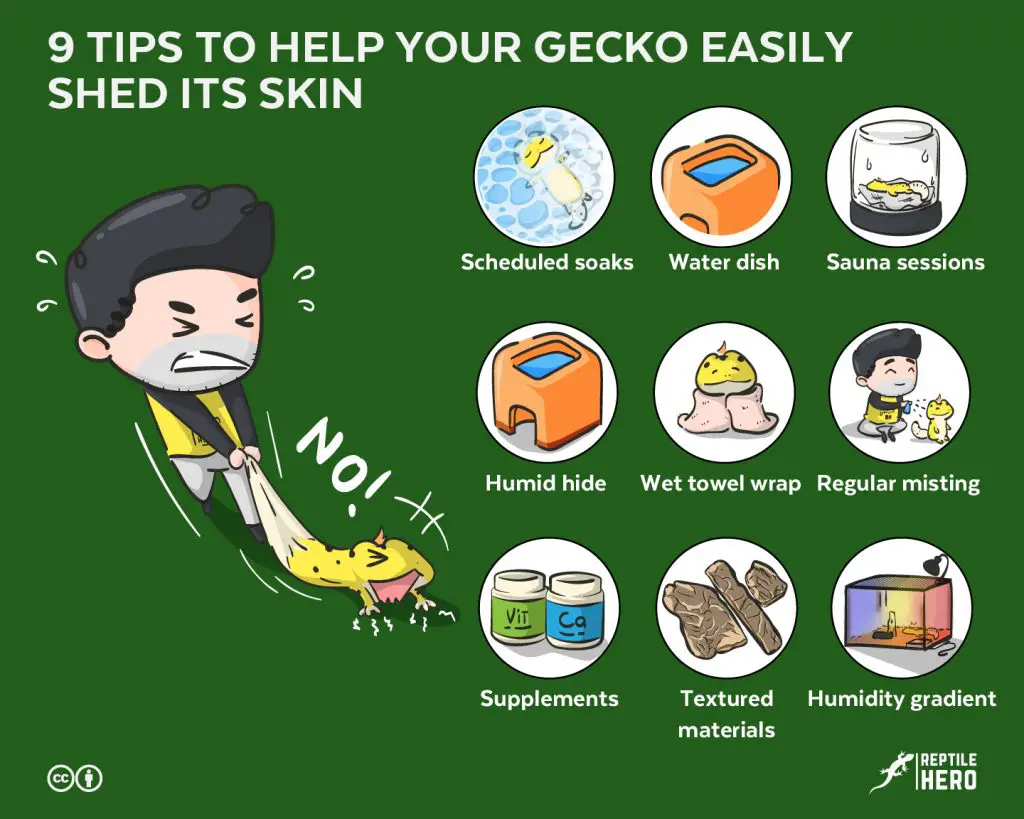
#1—Scheduled Soaks
To ensure that your gecko stays hydrated for stress-free shedding, give it baths or soaks regularly.
You do not need to use any expensive tools for this. An old but clean plastic food container that is large enough to allow for your gecko to completely spread its limbs and tail out will be more than enough.
Aside from this tub, you will need clean water that has a temperature of about 75-80°F (23-26°C). Fill the tub with this until it reaches just below your gecko’s chin or right up to its armpits.
Let your gecko stay in the soaking container for 10-15 minutes each time. Do this once or twice a week—or daily when your gecko starts to get noticeably ashy in color. Continue giving your gecko a bath until it can easily shed.
For stuck shed: Once the shed skin is loose and soft, you can help your gecko get rid of it by gently rolling it off with a moist cotton bud and finally pulling it off with an atraumatic/blunt tweezer. For delicate areas—eyes, nose, ears—rub around the problem section.
#2—Water Dish
Providing your gecko with a big but shallow water dish takes the guesswork out of scheduling its baths. You can just pop it into your baby’s tank—slightly off-center, towards the cool side.
Your gecko will take a dip in it whenever it needs to. This will be less stressful than taking your gecko out of its vivarium whenever you want to give it a good soak.
Just make sure to replace this daily as some geckos tend to poop in their water bowls.
This is also a much easier way of getting aggressive and agitated geckos to take a bath without handling them.
#3—Sauna Sessions
Each session should last about 10-15 minutes only and it should only be done to help with getting rid of stuck shed.
The main difference between giving a gecko a sauna and giving it a soak is the restriction of airflow into the container to promote humidity.
Furthermore, instead of water, the bottom of the sauna container must instead be lined with sheets of damp—not soaking wet—paper towels. I have also seen others use a piece of clean cloth. Then the softened shed is removed with a cotton swab or tweezer.
Some people say that the sauna chamber must be completely closed off during the session, however, I disagree.
It would be better to instead puncture a few pinholes on the sides and/or the lid of the container—you can create a humid space without having to sacrifice airflow entirely. Or you could also just partially shut the lid.
#4—Humid Hide
Alternatively, giving your gecko a good dedicated humid or moist hide will serve as a more permanent solution compared to regular soaking and sauna sessions. It should only have one entrance on the side for easier access and better moisture retention.
You can easily buy ready-made resin hides online, like this one on Amazon. Many household items can also be upcycled into your gecko’s humid retreat box—mason jars, food boxes, etc. Others take a more do-it-yourself approach to it—taking up pottery classes, gluing together pieces of slate with silicon, etc.
But generally, humid hides should not be made with porous materials. These don’t mesh well with high levels of humidity—bear in mind, some geckos need up to 80%. You may end up having to deal with mold in your gecko’s tank.
There are various gecko-safe humid hide substrates to choose from:
- Soil-sand substrate
- Moss (sphagnum, peat, terrarium, pillow)
- Coconut fiber (here on Amazon)
- Sheets of paper towel
Also, I often see people mix and match these different humid hide substrates. For example, a friend of mine first cuts up some sphagnum moss then layers a few pieces of paper towel on top before misting it.
Some gecko owners use vermiculite but I have personally stayed away from it ever since I found out that its ingestion has caused death in geckos due to magnesium toxicity [4].
#5—Wet Towel Wraps
It can be very tricky to get rid of the shed when it is stuck in patches on your gecko’s tail or head—coming down from above or grabbing hold of its tail would very much feel like an attack.
Your gecko may get stressed out and start flailing its head around and/or drop its tail. Another common concern people have is the tightness of grip.
A good solution for this is the wet towel wrap, it’s similar to giving your gecko a sauna session, but instead of confining it in a small plastic container, you will be using a damp piece of cloth or paper towel to wrap around its body. Just make sure your gecko can still breathe.
Geckos generally have a better response to this compared to using a cotton bud and tweezer
This has also proved to be a less time-consuming process compared to the soak-and-rub method people use for removing multiple patches of stuck shed all over a gecko’s body.
You could also opt to simply moisten a piece of folded paper towel and lay it on top of the area where there is some stuck shed—no need to take the gecko out of its tank.
#6—Regular Misting
Give your gecko’s tank a good misting regularly—twice a day at most when your gecko is in the process of shedding.
Again, the water used for this should be clean and tepid.
If you have enough time to spare for this chore every day, you can mist your baby gecko’s enclosure manually with a water bottle.
On the other hand, if you are pressed for time but have a big budget for your gecko’s needs you could invest in a good fogging machine, drip system, humidifier, or what have you.
Such equipment can be fully monitored and controlled with a multi-functional professional thermostat that comes with a humidity probe.
#7—Complete Supplements
Interestingly, veterinarians specializing in the care of exotics along with reptile rescue and rehabilitation staff have noted that geckos with diets deficient in calcium and vitamin A are more likely to experience shedding issues than those with a well-balanced diet [3].
So if you’re still in doubt about the importance of supplements for geckos in captivity, I’m here to tell you that it is crucial for normal and efficient shedding!
Make sure to give your gecko gut-loaded live feeder insects that are dusted with calcium and multivitamin supplements to avoid problematic sheds.
#8—Textured Materials
As one might expect, a gecko that is made to stay in an enclosure that is only filled with perfectly smooth and polished decors and furnishings, shedding can be hard.
In the wild, geckos are typically able to shed their skin without much issue because they have various textured objects at their disposal which can help them cut and tear off their onesie of dead skin.
Here are a few naturally textured objects that will be useful for shedding geckos:
- Wood (e.g., logs, branches)
- Plants (live or fake)
- Cork barks
- Stones and pebbles
- Soil and sand substrate mixes
- Coconut shells
Many keepers and breeders also notice that their geckos ordinarily have better sheds after they switch from substrates such as shelf-liners, tiles, paper towels, to loose and bio-active substrate mixes.
#9—Humidity Gradient
Comparable to thermal gradients, providing your gecko with a humidity gradient may prove to be quite effective at keeping shedding concerns at bay.
The idea is fairly new—I have only come across such set-ups in a couple of reptile-keeping groups and forums. Basically, the goal is to provide your gecko with the choice of going to the more dry or more humid part of its tank.
During the day, the warm side should be on the lower range of the ideal humidity for its species and the cool side should read somewhere in the middle. Then at night, these levels should rise to the middle and upper range, respectively.
Keep an eye on your gecko’s humidity levels with a hygrometer (here on Amazon), and make sure it stays within your gecko’s specific humidity needs. Generally, temperate species need 30-60% whereas tropical geckos require 50-80%.
Humidity Chamber for Bio-Active Gecko Tanks
I have seen one gecko keeper section off the leftmost part of his pet gecko’s tank with a wall made of grouted and sealed foam boards.
There was only a single small hole at the bottom to allow his gecko access when necessary because it was higher than ideal for his leopard gecko. But the chamber actually served more as a refuge for his clean-up crew—isopods, springtails.
Ever since he made this upgrade for his gecko’s vivarium, he never had to assist or help his gecko with shedding.
However, this seems to be difficult to achieve unless you’ve got a pretty long tank—at least 100 cm (approx. 40 in) in length.
5 Things You Should Never Do When a Gecko Sheds (Major Don’ts)
A gecko owner should never do the following when their pet gecko is shedding:
- Forcefully peel shed
- Excessively monitor shedding
- Constantly handle the gecko
- Fully close off the tank
- Keep the tank too moist
Honestly, many beginner keepers and breeders make these mistakes even with the best of intentions. But doing these things may bring more harm than good for your precious gecko.
#1—Forcefully Peeling Off Skin of a Shedding Gecko
Prematurely ripping off a gecko’s gecko with great force is never advisable under any circumstance. This can be extremely dangerous and painful even for a healthy gecko. This may inadvertently pull away the new gecko skin as well as its flesh.
If you feel a lot of resistance while trying to remove the stuck shed and the skin is really dry and brittle, don’t continue. Give your gecko more hydration before trying to help remove any stuck shed.
More importantly, don’t act too rashly. The entire shedding cycle of your gecko takes time and they need some space and security while going through it.
Even geckos with metabolic bone disease and Enigma syndrome can have successfully sheds without needing any help. You just need to be ready when they do.
#2—Watching a Shedding Gecko All Day Long
Although closely watching a gecko while it sheds doesn’t necessarily cause harm to the animal, it does make the experience very stressful.
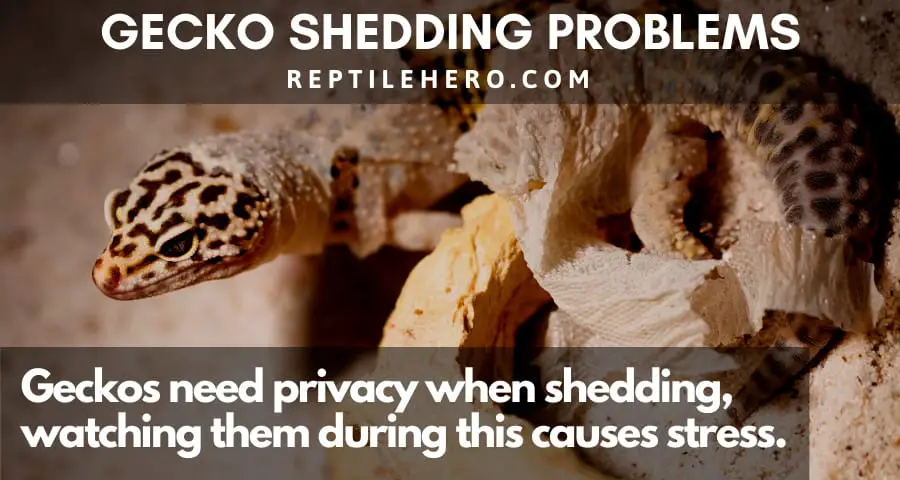
I mean, just imagine if someone was watching you while you were changing—sounds like the start of a true-crime story, right?
Once you notice them going into their humid hide more often and staying in there for longer periods, take it as a sign that they don’t want your attention at the moment.
Even in the wild, geckos will seek shelter in humid spaces that are moist and hidden. This includes burrows, rock crevices, caves, and hollow tree trunks.
#3—Constantly Handling a Shedding Gecko
Geckos should never be persistently picked up while shedding. This can significantly damage their still-soft skin and cause injuries or infections.
Leave them alone and give them some privacy. They will come out of the shadows once they are ready to explore and hunt again.
Moreover, scientists have noted that some gecko species are noticeably slow and careful when trying to get rid of their shed skin [5].
You could even see them curl their toes while they try to get a hold of their limbs’ shed. It’s kind of like how we tend to clench our hands when we get hurt while doing something like, say, getting a tattoo.
This could mean that a gecko’s skin is especially sensitive during shedding.
#4—Fully Closing Off the Tank for Increased Humidity
Humidity levels should not be raised by blocking off all points of ventilation in a gecko’s tank. Air will become stagnant when this is done, easily resulting in the growth of unwanted molds and fungi.
Your gecko will also be at heightened risk of developing respiratory diseases in such an environment.
Even if you have a fully enclosed wooden tank as your gecko’s enclosure, there should be ample ventilation holes/screens to ensure good airflow.
Some owners even create simple ventilation systems with a couple of computer fans connected to a timer or thermostat with control for cooling.
#5—Keeping the Entire Tank Moist or Wet
Similarly, not giving geckos a “dry out” period after misting their tank will cause humidity levels inside the vivarium to rise to dangerous levels which could cause respiratory infections.
If we take the time to think about it, it’s pretty obvious that no one would be happy or comfortable in a perpetually humid place, especially when we have no means of leaving that enclosed space.
Even tropical geckos such as day geckos normally experience humidity dips during the day in the wild. Spikes in humidity usually happen early in the morning and at night.
To replicate this in captivity, avoid misting a gecko’s enclosure during the day—specifically at high noon. Instead, aim to schedule misting around sunrise and/or in the evening.
Further Questions
Do shedding sprays and solutions work effectively on geckos?
These shedding products have mixed reviews among gecko owners. For the most part, sprays and solutions that are marketed to help with shedding problems in geckos are predominantly made of water. Experts, instead, recommend natural means of hydration—misting, soaking, etc.
When should I start helping my gecko with shedding?
As a general rule, keepers and breeders should give a shedding gecko at least 24 hours before giving it a soak, sauna, or any other intervention.
When should you replace your gecko’s humid hide substrate?
There are no set rules on when the gecko owner should replace the humid hide’s substrate because there are various materials used. Some replace it weekly, others monthly. There are also keepers who replace it almost daily because their gecko normally poops in the humid hide.
Is moss safe to use as a gecko’s humid hide substrate?
Moss is totally safe to use as a gecko’s humid hide substrate, however certain types of moss such as sphagnum may cause impaction unless it is cut into smaller, passable pieces.
Takeaways
Any shedding abnormality/problem experienced by a gecko can be considered as dysecdysis—premature, retained, or excessive shedding. It is typically caused by improper or substandard husbandry and poor health.
Soaks, a water dish, sauna sessions, humid hides, wet towel wraps, misting, supplements, textured objects, and a humidity gradient will make shedding easier and faster for geckos.
Forceful peeling, excessive monitoring, constantly handling, closing off, and keeping the tank too moist may interfere with a gecko’s shedding cycle and cause problems.
Sources
[1] https://onlinelibrary.wiley.com/doi/abs/10.1002/9781118977705.ch2
[4] https://journals.sagepub.com/doi/pdf/10.1258/002367785780887365

![Is It Possible To Overfeed A Gecko? [4 Signs]](https://www.reptilehero.com/wp-content/uploads/2021/12/overfed-gecko-cc-768x614.jpg)
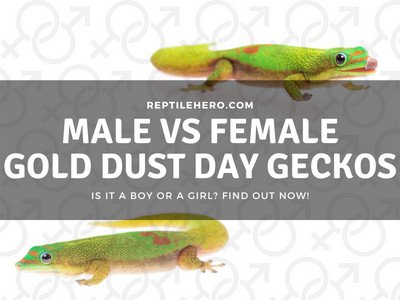

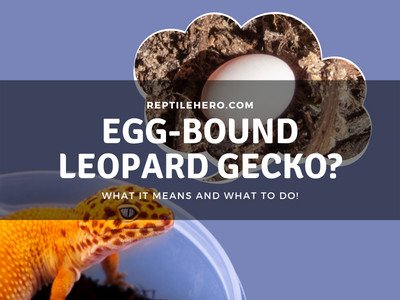
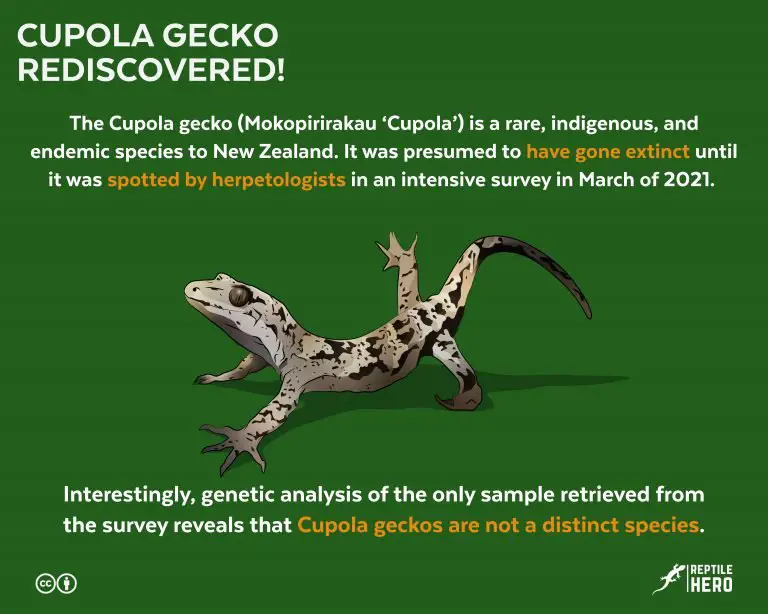
![How to Travel In a Car With Your Gecko? [6 Dos and 2 Don’ts]](https://www.reptilehero.com/wp-content/uploads/2021/12/car-ride-gecko-cc-768x614.jpg)